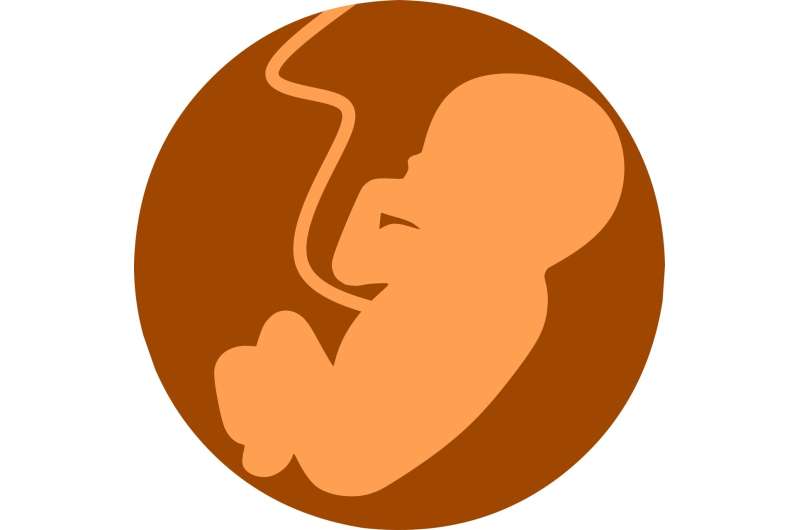Predicting Mpox Severity Using Viral Load Tests at Symptom Onset

Recent research demonstrates that measuring blood viral loads at symptom onset can predict the severity of mpox, enabling targeted treatment and better patient outcomes.
In August 2024, the World Health Organization declared a second Public Health Emergency of International Concern for mpox, emphasizing the ongoing threat posed by the virus. Current outbreaks, primarily driven by the clade I variant, have affected multiple countries, with some reporting their first cases involving this more severe strain.
Recent research from Nagoya University has revealed that measuring the level of the virus in the blood when skin lesions first appear can be instrumental in predicting the disease's progression. The study, published in Science Translational Medicine and led by Professor Shingo Iwami, focuses on early infection viral loads in patients with clade Ia mpox from the Democratic Republic of the Congo.
Mpox manifests through a distinctive rash accompanied by flu-like symptoms and spreads mainly via direct contact with skin lesions. Patients are advised to avoid contact with others until symptoms subside, given the difficulty in predicting contagion based solely on skin lesion changes.
By analyzing medical records from 2007 to 2011, researchers identified that patients with blood viral loads exceeding approximately 40,000 copies per milliliter at the onset of skin lesions tend to develop more severe and prolonged symptoms. This threshold allows healthcare providers to classify patients into different risk groups early in the disease course.
Using a combination of mathematical modeling and machine learning, the team was able to reliably predict which patients might experience severe disease, characterized by persistent skin lesions and extended infectiousness. This paves the way for targeted, intensive treatment strategies for high-risk individuals.
While clade Ia has a higher mortality rate of about 10% compared to the 1% associated with clade IIb seen during the 2022 global outbreak, the current situation involves multiple strains, including clade Ib. Future research aims to validate this viral load threshold approach on other strains, potentially enabling more personalized treatment plans.
Early prediction of disease severity could significantly improve patient outcomes by allowing for more aggressive treatment and close monitoring for those at higher risk. It also offers reassurance and clearer expectations for patients and families, fostering more tailored and data-driven healthcare responses.
This innovative approach underscores the importance of early viral load testing in mpox management and highlights the potential of integrating quantitative data with machine learning to enhance infectious disease prognosis.
For more details, see the full study: "Modeling lesion transition dynamics to clinically characterize patients with clade I mpox in the Democratic Republic of the Congo," published in Science Translational Medicine.
Source: https://medicalxpress.com/news/2025-07-viral-mpox-severity-skin-lesions.html
Stay Updated with Mia's Feed
Get the latest health & wellness insights delivered straight to your inbox.
Related Articles
Preparing for Increased ACA Costs Amid Life Changes
Upcoming policy changes and subsidy expirations are expected to cause significant premium increases for ACA health plans in 2025. Plan ahead for higher costs if you're considering early retirement or other life changes.
Impact of Federal Funding Cuts on State Healthcare Programs and Community Services
Federal health funding cuts under recent legislation are forcing states to make tough decisions, risking reductions in healthcare and public health services across the country.
Ethical Complexities of Maintaining Life Support for Brain-Dead Pregnant Women
The maintenance of life support for brain-dead pregnant women presents complex ethical challenges that go beyond politics, highlighting medical, legal, and moral dilemmas around fetal viability and women's autonomy.
Neuroscientific Insights into How the Brain Organizes conversational Content
A groundbreaking study uncovers how the human brain organizes and processes conversational language, leveraging neuroimaging and advanced AI models to explore the neural basis of dialogue comprehension and production.



